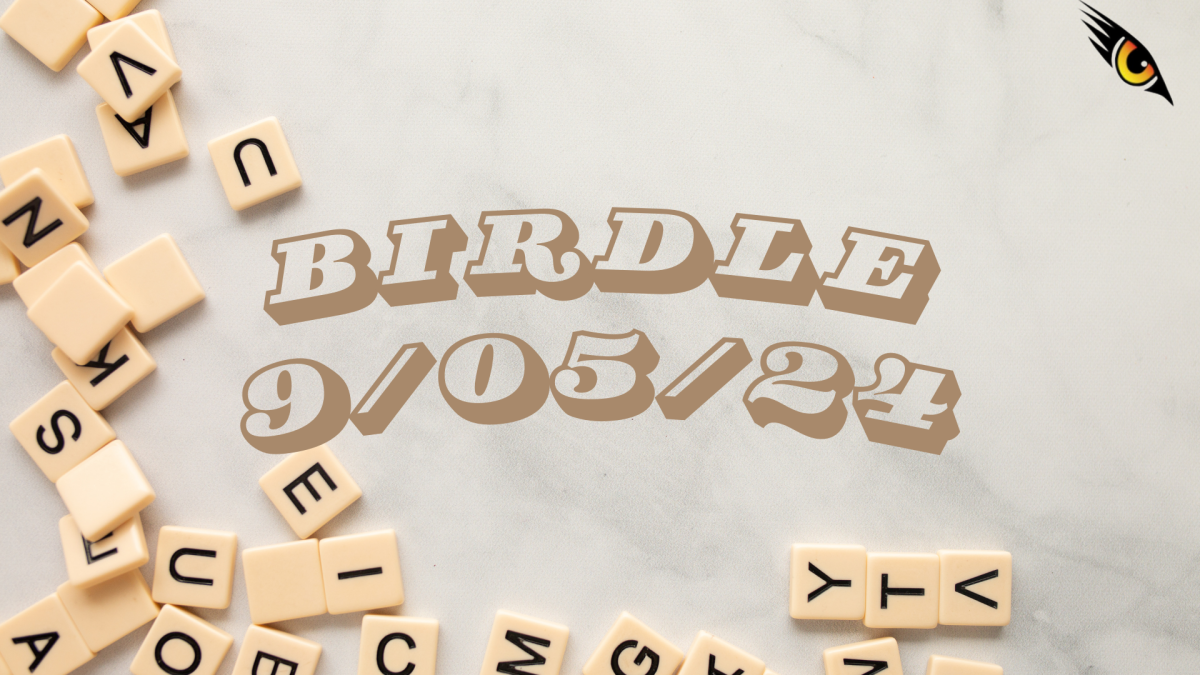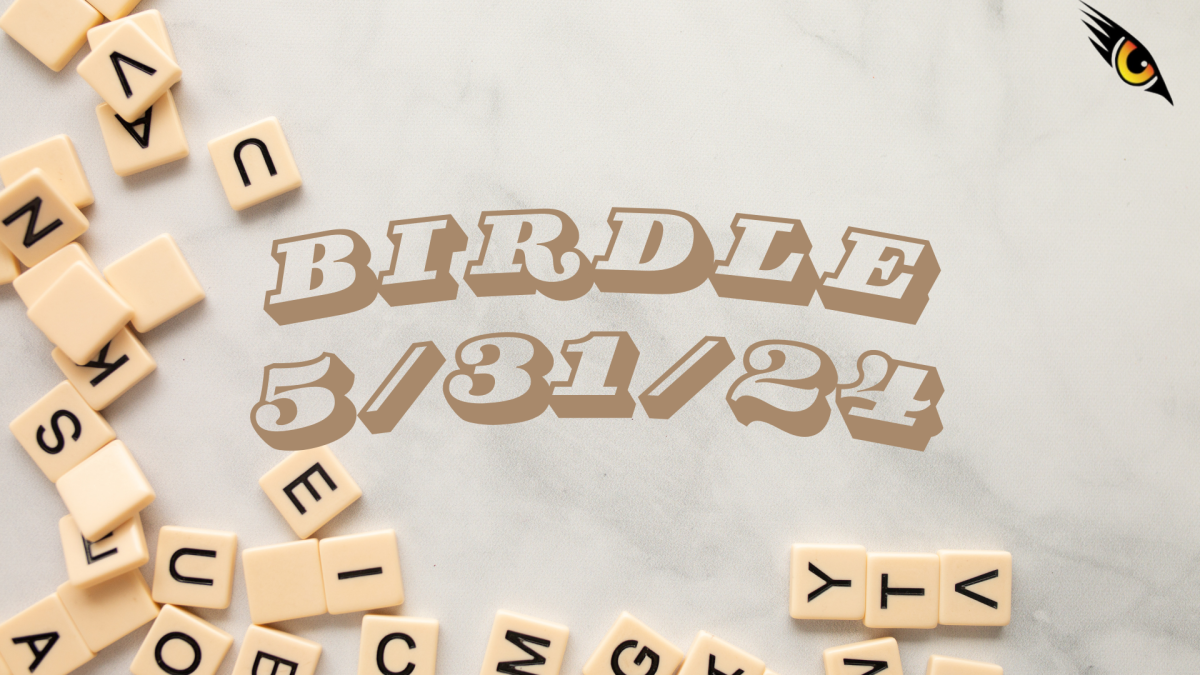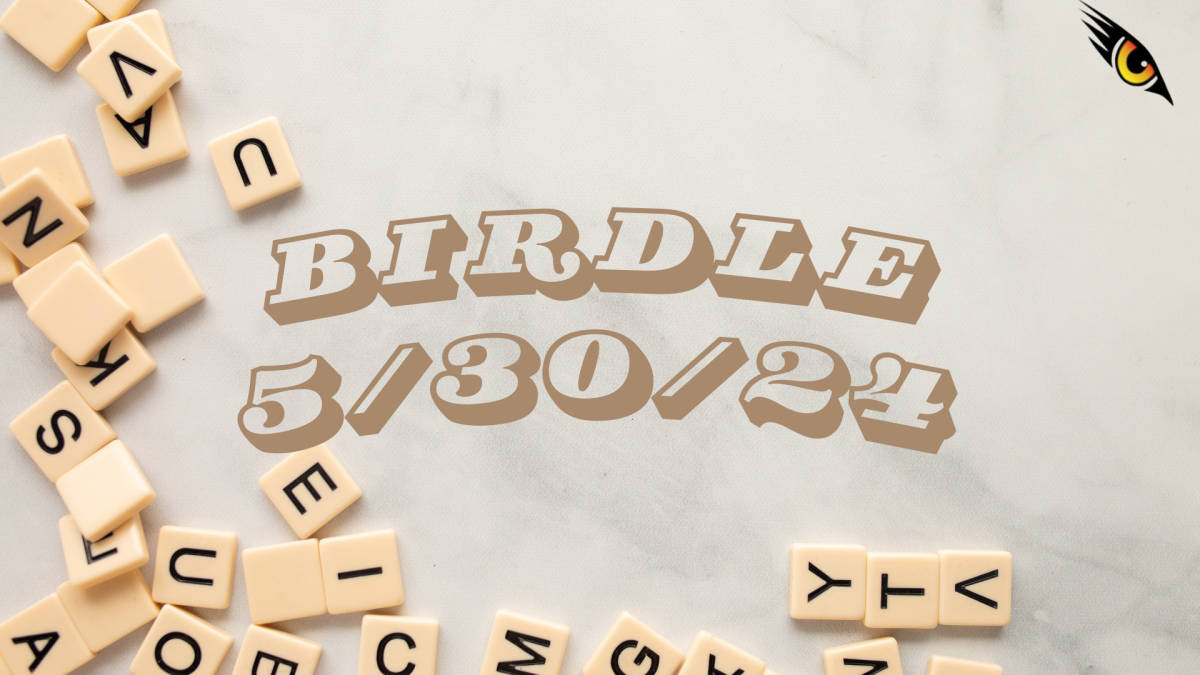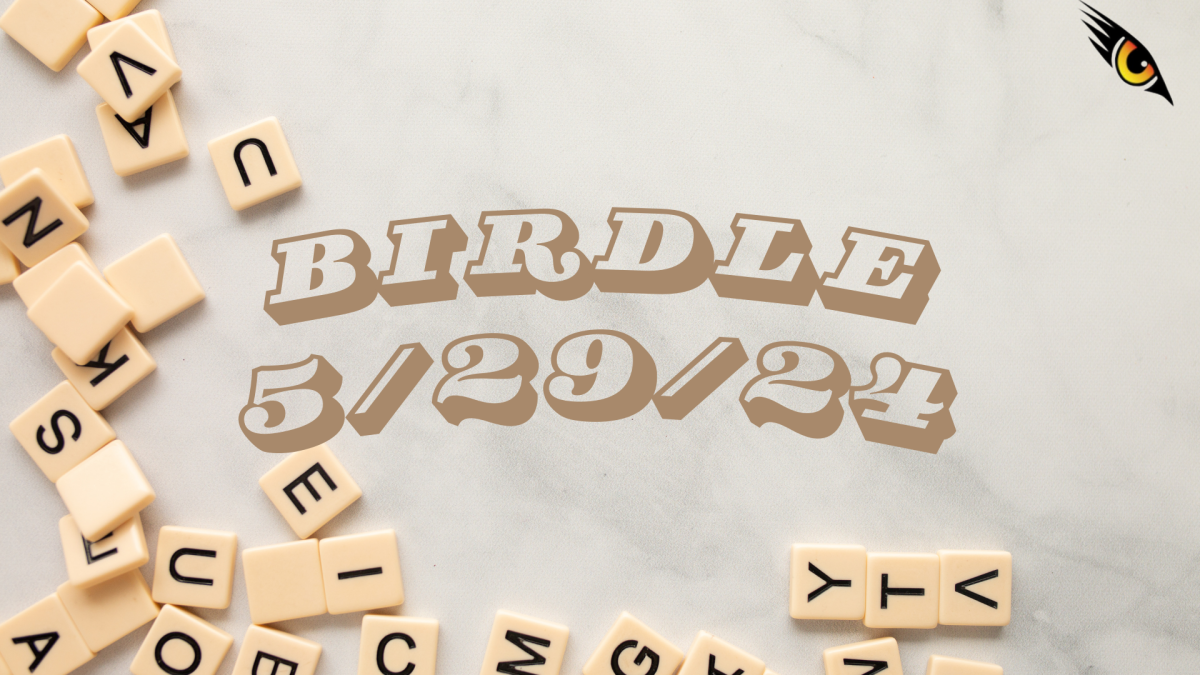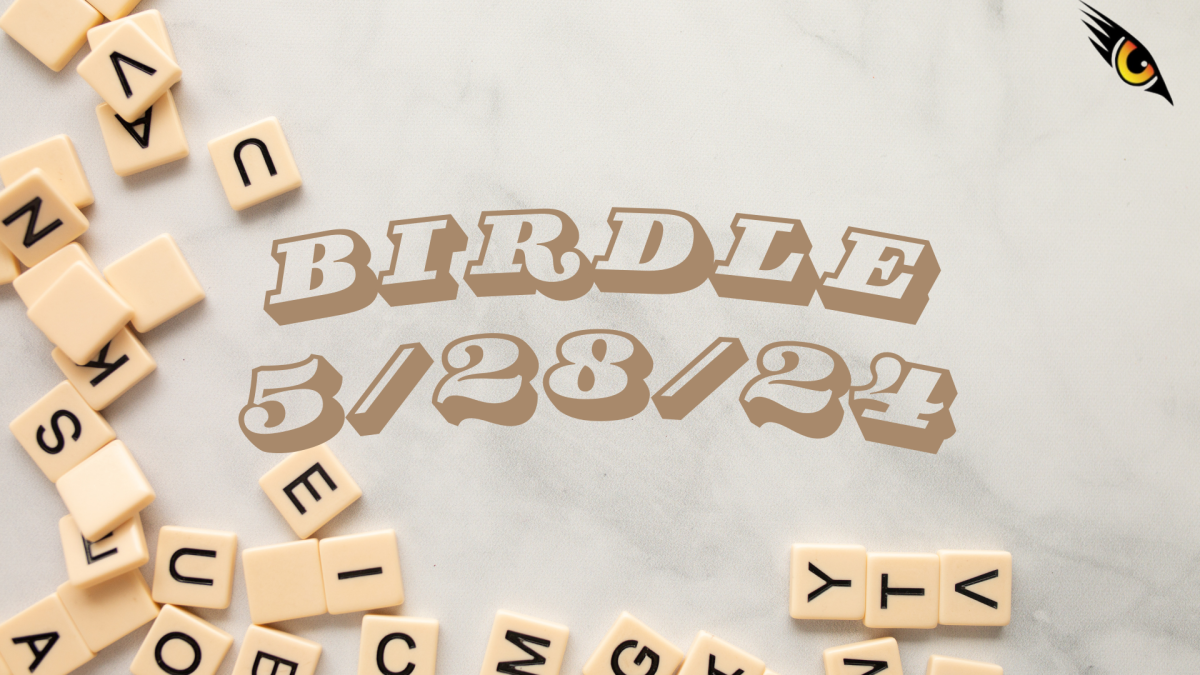Not too long ago, we were reading the memoir Night by Elie Wiesel in English class, and one day, we were assigned homework that required us to identify the contrast between self-preservation and family commitment, as well as maintaining hope versus losing hope, in the book.
The very first passage asked us to compare three characters. In the directions, my teacher listed them as follows: “Cousin Stein, Elie and Elie’s father.” What do I notice first? Not the heartbreak of this period in history nor the age differences across characters. For me, I’m focusing on the missing Oxford comma, the name given to the last comma placed before ‘and’ or ‘or’ in a list of three or more items.
Instead of thinking about the answer to the question, the devastating atrocities of the Holocaust, or Elie’s traumatic experience, I dissociated entirely from the topic and focused solely on the empty space before ‘and.’ I had to reread the question, but even then the missing comma distracted me. And when I went to write my answer, I was uncomfortable knowing that the poor Oxford comma was unrightfully excluded.
So what did I do? I did what every comma-loving student would do: I added it in, so I could move on with my life and put my attention in its proper place.
Instant relief, instant satisfaction. Even Grammarly was on my side, telling me to put a comma before ‘and.’ If a grammar app tells you to add punctuation, it basically means that this is the grammatically correct move to make.
The importance of the Oxford comma extends beyond my personal insistence on using it adamantly, no matter what.
I think the most prominent, real-life example that truly reflects the importance of the Oxford comma is the Oakhurst Dairy company lawsuit from 2017. A missing comma in a law concerning overtime pay—more specifically, who didn’t qualify for it—cost Oakhurst five million dollars. The case reflects the ambiguity that comes from a missing Oxford comma.
The lawsuit, as provided by NBC news, says that overtime rules do not apply to those who work doing “the canning, processing, preserving, freezing, drying, marketing, storing, packing for shipment or distribution of:
“(1) Agricultural produce;
“(2) Meat and fish products; and
“(3) Perishable foods.”
The controversy centered on “packing for shipment or distribution,” as it implied that packing for both shipment and distribution constitutes a single activity. Drivers for the Oakhurst company demanded their overtime pay, as they simply distributed products, not packed them. Oakhurst disagreed and said that they did not apply for overtime, and so the drivers sued. Though the drivers originally sued for ten million dollars, they ended up getting five million.
See? Ambiguity is no joke. It can be costly.
Everyone should be using the Oxford comma because it eliminates any possible chances for a sentence to have a double meaning, it is aesthetically pleasing, and it provides consistency. See how nicely it separated my ideas there? Round of applause for the head of the Oxford University Press, Horace Hart, who demanded in 1905 that his employees add an extra comma before the last item in a list, as stated by TriviaMafia.
Let me tell you what’s even better about this comma: Hitting one button on your keyboard can make such a difference. Imagine if I said, “I love my parents, Oprah Winfrey and Tom Hanks.” That single comma introduces the appositive phrase and makes it seem like my parents are both celebrities Oprah and Tom Hanks, which they’re not. There is just too much room for uncertainty and confusion when you don’t use the Oxford comma, and as the Oakhurst case demonstrates, it can lead to serious problems.
I also love the undeniable simplicity of the Oxford comma and its power in a sentence; one little curved line can change the way society views your ideas. And sure, you could argue that if you structure a sentence correctly, it is not needed. And, to be fair, it is not grammatically incorrect to add the extra comma. So, just add it. Is it that difficult to hit one extra button on your keyboard?
Not only that, the comma is aesthetically pleasing. The comma is easy on the eyes—the simple swoosh of your hands that makes the curvy comma, or the click of your keyboard, creates a simple punctuation that allows for rhythm and consistency. Have you ever sat down in class, early in the morning, and your teacher wants you to read a long text? Well, that small comma is what prevents a headache, doing so by creating a smooth and clear sentence, so you don’t have to read the same sentence over and over again.
That comma gifts us with the ease of eliminating ambiguity and headaches. It is harder to read a sentence without a comma than one that includes it. When I’m reading and suddenly see a sentence without a comma, that blank cavernous space is all I’m thinking about instead of understanding what I’ve just read, kind of like when someone has spinach stuck to their teeth. While listening to my classmates present their projects recently, I noticed a guy missed an Oxford comma on one slide, and I immediately stopped listening and focused solely on that void.
Think of the comma as a break between items in a list. They give you a space to breathe while you read those lengthy sentences. It looks something like this: first item … second item … third item. And so forth. The lack of a comma makes it feel rushed. Why are you hurrying me to finish reading? Why are you hurrying yourself to finish writing? To me, the lack of an Oxford comma looks like this: first item … seconditemandthird.
Let me breathe.
Really, the Oxford comma should be the standard grammar rule for writing a list of three or more items because it provides consistency throughout different writing styles.
Despite my insistence here, this small punctuation mark continues to be a huge debate; those who don’t like it don’t use it, and those who love it use it. Therefore, the inconsistency throughout style guides is largely because people stand their ground on their beliefs, like pineapple on pizza, or whether that viral dress is blue and black or white and gold. By not requiring the extra comma, everyone gets their pick on which side of the argument they stand. But, if the Oxford comma were made the standard, there would be no confusion throughout style guides, and writing pieces would be consistent as they follow the same rules.
Despite the negativity of debates and inconsistency around the Oxford comma, there is already a positively large meme culture that has been built around it. According to Muckrack, pro-comma Columbia University students inspired the band Vampire Weekend to write a song titled “Oxford Comma.” In other words, this little punctuation mark has a big impact on society and culture.
The debate around it, however, brings us together more than it separates us. It is, at times, a silly discrepancy between pro-comma and anti-comma users that leads to funny arguments. Yet, the debates show how fresh the English language and grammar rules are, as there is still room for preferences that could change the way we write.
I’ll admit that you could argue that eliminating the Oxford comma also provides consistency, but there are many more benefits to using it than not. Without the Oxford comma, there is room for subjectivity and confusion. It’s just better to make the Oxford comma the standard because the benefits dominate any arguments not to use it.
The simplest solution is to just take the extra second to click the comma button on your keyboard to add it to the end of a list. It helps you more than it harms you, because honestly, it doesn’t harm you at all. And as I discussed before, leaving out the Oxford comma could harm you. Do you want to lose five million dollars?
The solution that I, and other pro-Oxford comma enthusiasts, want to see is the standardization of that last comma in items in a series in the English language. It just doesn’t hurt to use it, and it takes one extra second and no extra energy to click one button.
Next time you write a list, notice how the comma button calls out to you by saying, “pick me, choose me, love me.” See?






























































